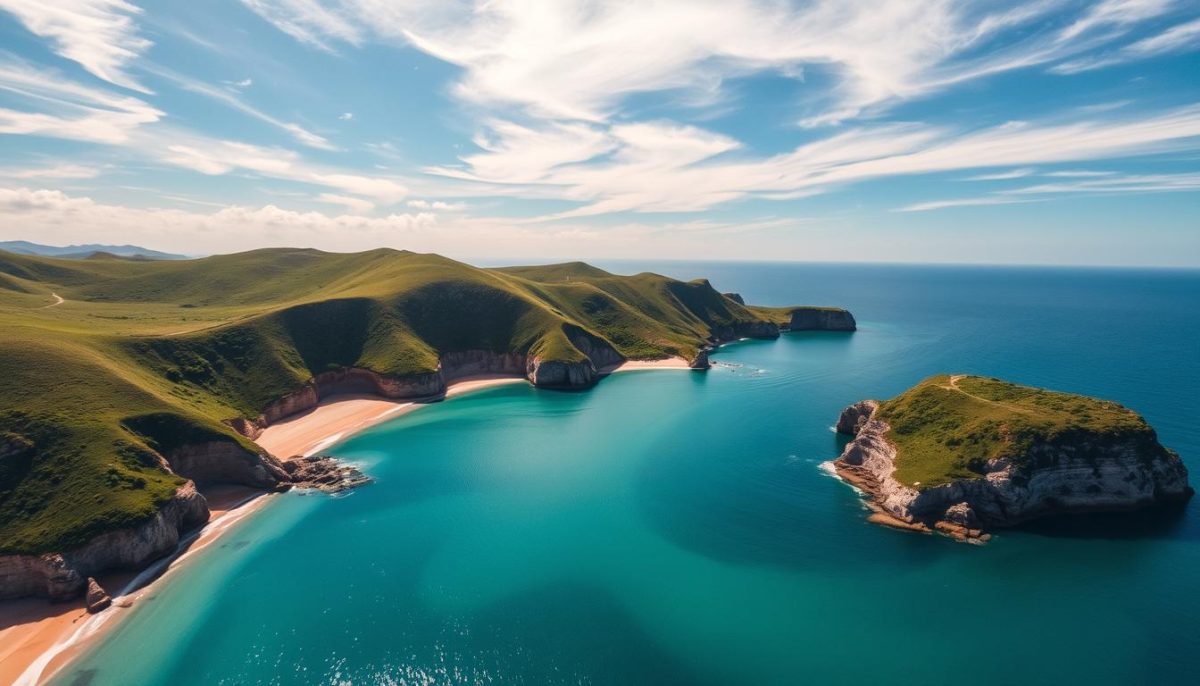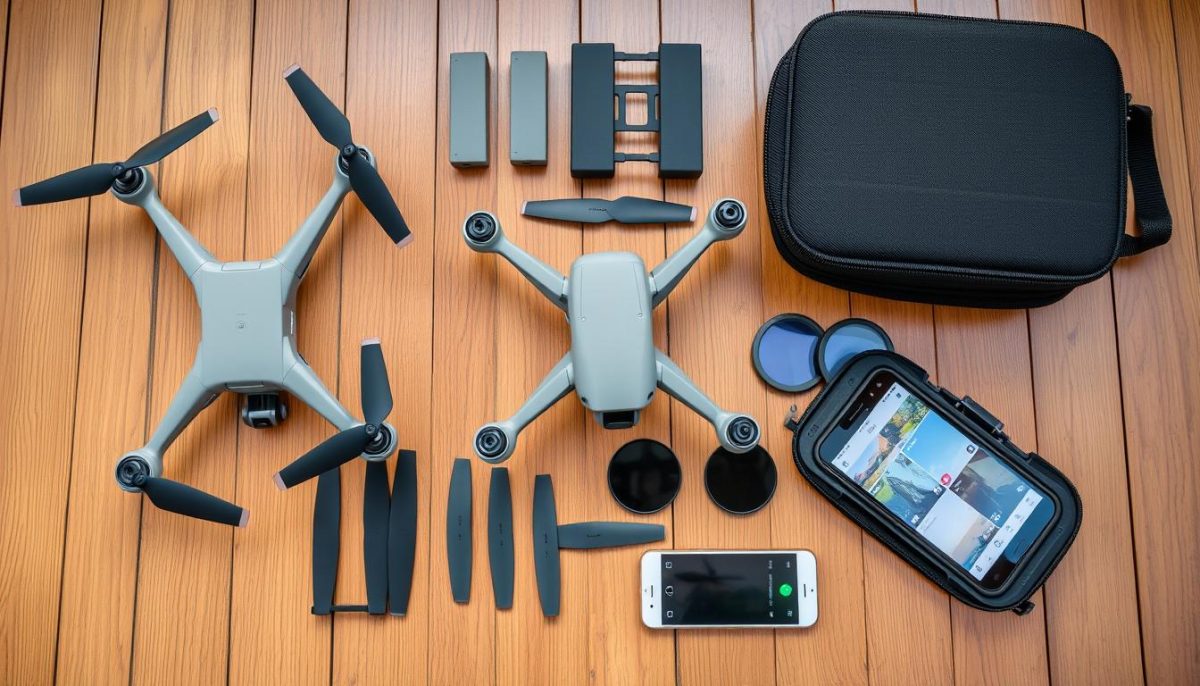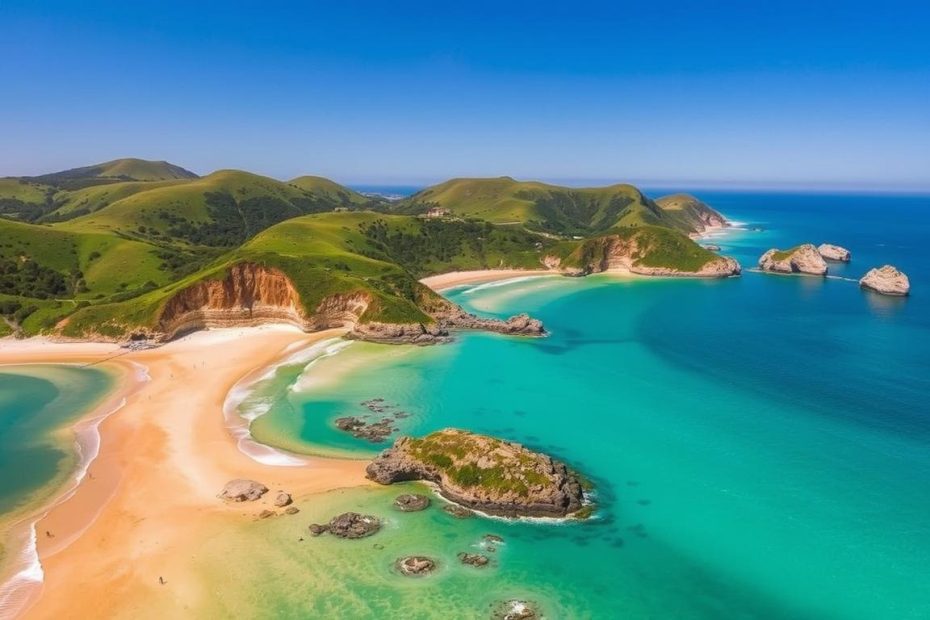Aerial photography offers a unique perspective that transforms the way we view our surroundings, and Golden Bay stands out as one of the most breathtaking locations for this art form. With its stunning coastline, lush landscapes, and vibrant colors, Golden Bay presents a treasure trove of opportunities for drone photography enthusiasts. Understanding the intricate features of this area is paramount before embarking on your aerial photography journey. Mastering landscape photography techniques tailored to this region will help you capture its essence beautifully.
This article will explore essential photography tips that cater specifically to the nuances of aerial photography in Golden Bay. From selecting the right gear to understanding the local regulations surrounding drone use, you’ll be equipped with all the knowledge needed to elevate your aerial photography game.
Understanding the Beauty of Golden Bay
Golden Bay, nestled at the northern tip of New Zealand’s South Island, offers breathtaking landscapes that shine through in aerial photography. The stunning combination of golden beaches, rugged cliffs, and lush greenery captivates photographers and nature enthusiasts alike. Understanding these unique landscape features is essential for capturing the true essence of Golden Bay.
The Unique Landscape Features
The geographical richness of Golden Bay lays a perfect foundation for dynamic photography in New Zealand. Renowned sites, such as Farewell Spit, boast extensive sand dunes that create a dramatic contrast with the turquoise waters. Surrounding mountains add further depth, creating picturesque scenes that transform beautifully in aerial shots. The interplay of flora and fauna can also be seen from above, providing an ever-evolving canvas for creative compositions.
Best Times to Shoot Aerial Photography
Choosing the right time to capture aerial images greatly influences the mood of the photographs. Aiming for aerial shooting times that align with the brilliant “golden hour,” when the sun’s rays bathe the landscape in warm light, often yields the most stunning results. Considerations for weather conditions, such as cloud cover and wind, play a significant role as well, affecting both flight stability and image quality. Utilizing apps like Weather Underground can enhance planning, ensuring ideal conditions for photography in New Zealand.

| Feature | Description | Best Time for Aerial Shots |
|---|---|---|
| Farewell Spit | Long sandy spit offering unique coastal views. | Morning or late afternoon for soft lighting. |
| Golden Beaches | Stunning beaches with a golden hue, ideal for reflection shots. | Sunrise for dramatic colors. |
| Sandy Dunes | Rolling dunes providing texture and shadows in images. | Mid-morning to avoid harsh shadows. |
| Mountains | Majestic peaks framing the landscape with altitudinal variation. | Late afternoon for beautiful contrasts. |
Capturing Golden Bay: Aerial Photography Tips and Tricks
Aerial photography in Golden Bay requires the right tools and techniques to showcase its stunning landscapes. Understanding the essential gear to use and optimizing camera settings for photography can elevate your images to the next level. In addition, employing effective aerial composition techniques contributes significantly to creating captivating visuals.
Essential Gear for Aerial Photography
Choosing the right equipment is crucial for successful aerial photography. Here are some recommended items to consider:
- Drones: Popular options like the DJI Mavic and Phantom models offer excellent stability, making them ideal for capturing sharp images.
- Cameras: Look for cameras compatible with drones, allowing for manual control to achieve desired settings.
- ND Filters: These accessories help manage brightness, ensuring optimal exposure during flights.
- Safety Gear: Always prioritize equipment that emphasizes safety, given the regulations surrounding drone flights in Golden Bay.
Camera Settings for Stunning Shots
Optimizing the camera settings for photography can make a noticeable difference in image quality. Here are key settings to consider:
| Setting | Recommended Value | Notes |
|---|---|---|
| Aperture | f/2.8 – f/5.6 | Ideal for creating depth of field. |
| ISO | 100 – 400 | Adjust based on lighting; lower values produce less noise. |
| Shutter Speed | 1/1000s or faster | Best for freezing motion, especially in windy conditions. |
| Shooting Mode | Manual | Gives full control over settings. |
Composition Techniques for Aerial Views
Applying effective aerial composition techniques enhances the overall quality of your photographs. Key concepts include:
- Rule of Thirds: Position points of interest along the gridlines to create a balanced image.
- Leading Lines: Use natural lines in the terrain to guide the viewer’s eye.
- Framing: Incorporate elements like the horizon or foreground to add depth to your photos.

Post-Processing Aerial Images
Post-processing plays a vital role in transforming your aerial photographs into stunning visual narratives. After capturing breathtaking views of Golden Bay, utilizing effective image editing techniques can enhance the vibrancy and clarity of your shots. Software options like Adobe Lightroom and Photoshop provide powerful tools for photo enhancement, allowing you to bring your creative vision to life.
One of the key aerial photography editing tips involves adjusting colors, contrast, and sharpness to make your images pop. Begin by fine-tuning the exposure and contrast to create depth. Don’t hesitate to explore the vibrance and saturation tools to infuse life into your natural landscapes while still preserving their authenticity. Moreover, cropping out distractions and straightening horizons can significantly improve the overall composition of your photographs.
Additionally, consider using specific techniques such as sharpening details and applying selective edits to draw attention to critical elements in your image. Balancing enhancement with the natural aesthetics of Golden Bay is essential. The goal is to produce polished images that not only capture the essence of the location but also engage your audience visually. Remember, well-executed image editing can make all the difference in creating captivating aerial photography that stands out.
